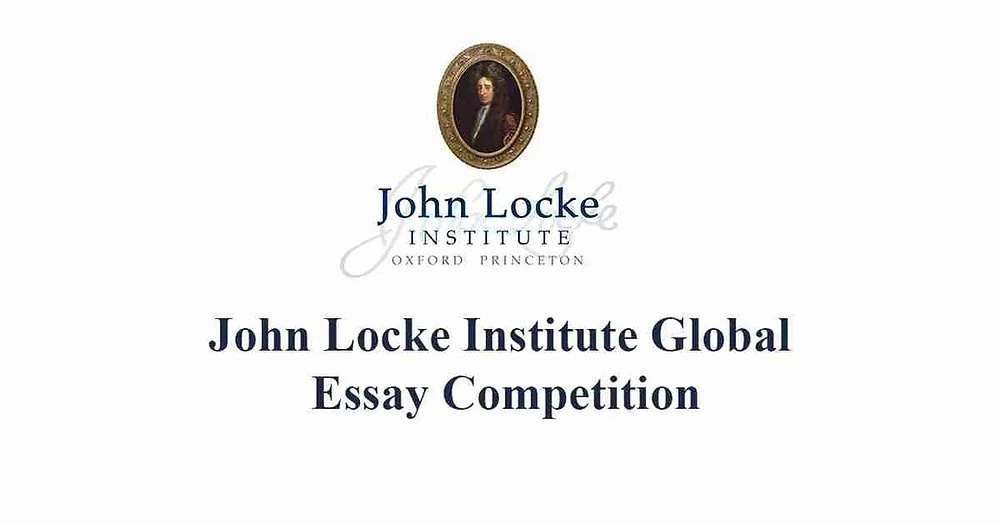Chemical Engineering Model Personal Statement
This is a model personal statement of a successful Oxbridge Chemical Engineering applicant.
I was introduced to Chemical Engineering aged eleven, during my stay at a hotel in Colombo. The manager explained their sustainability programme and how chlorine is used to neutralise water and inhibit bacteria from reproducing, thus making the water pure and safe. This started an awareness of and interest in water, leading to research into water purification processes.
In 2017 I witnessed the effects of plastic and chemical pollution on the marine food-chain during a water-conservation project with 'Working Abroad' in Thailand. Cleaning the beach and planting new mangroves did not provide effective solutions to water pollution problems. Joining the project initiated a curiosity into biological aerated filters and whether water management technology could be used to treat seawater. How successful would this technology be and would it be cost-effective?
Subsequently, I obtained work-experience with the Material Sciences and Engineering Departments at Imperial College London in August 2018. I prepared a number of suspensions using different mineral oxides and measured how the zeta potential of suspension changed as a function of pH. I gathered data for four different minerals and gave a presentation on my findings.
The research team used my data to consider how changes in pH affect the dispersion of mineral sorbents, and how pH affects the effectiveness of removing arsenic during water treatment. I completed an Extended Project Qualification in December 2018, based on my work-experience, and attained an A* grade. The EPQ gave me greater appreciation of how zeta potential is sensitive to factors such as pH and ionic strength. The research intensified my curiosity to find large-scale simple cost-effective methods to detect and eliminate arsenic in water in countries where inorganic arsenic is naturally present in groundwater.
During a two-week work-experience with Samson Rope in Ferndale, USA, I worked with chemical engineer Dr Rafael Chou, who described how they use different fibres such as Dyneema to create lightweight rope with extremely high tensile strength for different industries. I worked on a project that tested the breaking point of different ropes made of different polymers. This experience gave me an appreciation of chemicals in different industrial processes, the role of chemical composition and the Second Law of Thermodynamics. Based on my work-experience at Samson, I submitted an essay, "Why is the selection of material important in the rope-making industry?" to a competition at school and achieved a high commendation. The importance of chemical reactions was also debated during my attendance at a two-week residential engineering programme at Cambridge University (Peterhouse) and when I attended a two-day taster course in Chemical Engineering at the University of Bath.
My independent research has been on Desolenator, a simple technology that allows the end-user to produce clean drinking water from any source using only solar power. The technology, a mobile distillation unit, operates in an integrated system, using a solar panel above a water reservoir. I have also researched a novel thermal ammonia stripping technology, used both to leachate from landfill sites, as well as the side-stream flows from an anaerobic digester.
I have represented my school as a senior prefect and deputy-chair of the Charity Committee, where I demonstrated good time-management and leadership skills. Playing football for my local team taught me to cope well with pressure and enjoy competition. Achieving my black belt in karate taught me discipline and commitment. My work at Ozone Coffee has taught me teamwork. I believe my intellectual curiosity, my commitment to Chemistry, Physics and Maths and my dedication to understanding problems from a systems perspective makes me well-suited to reading Chemical Engineering at university and, I hope, pursuing a career that enables me to apply this knowledge to solve real-world problems.



